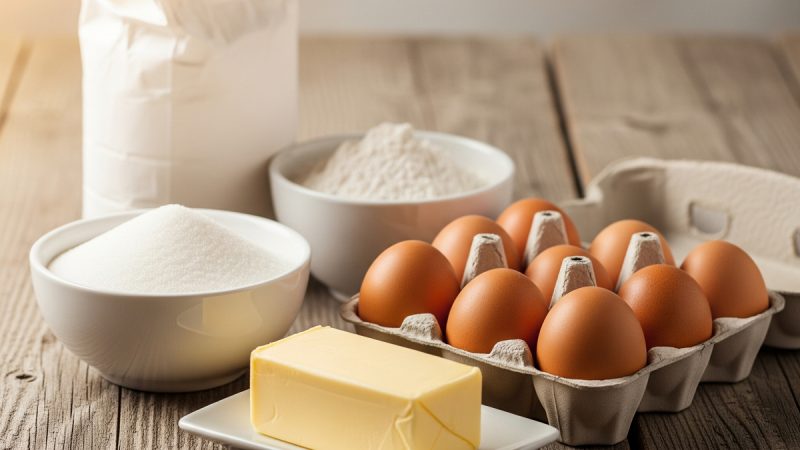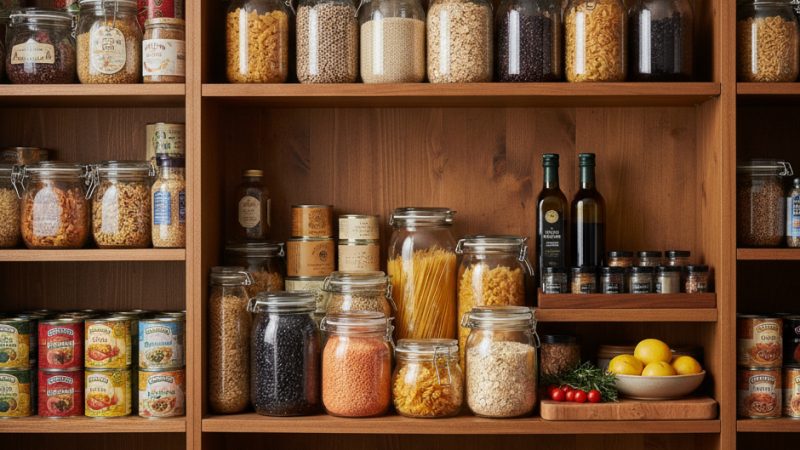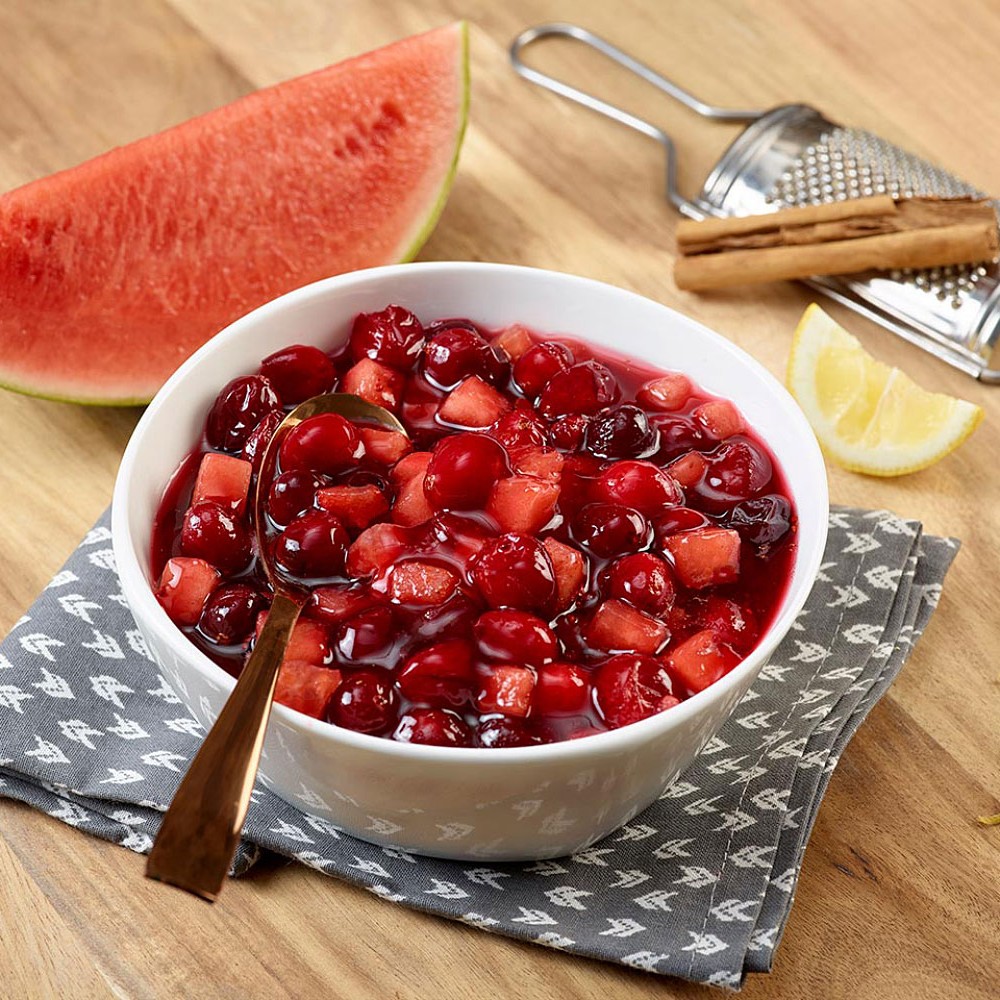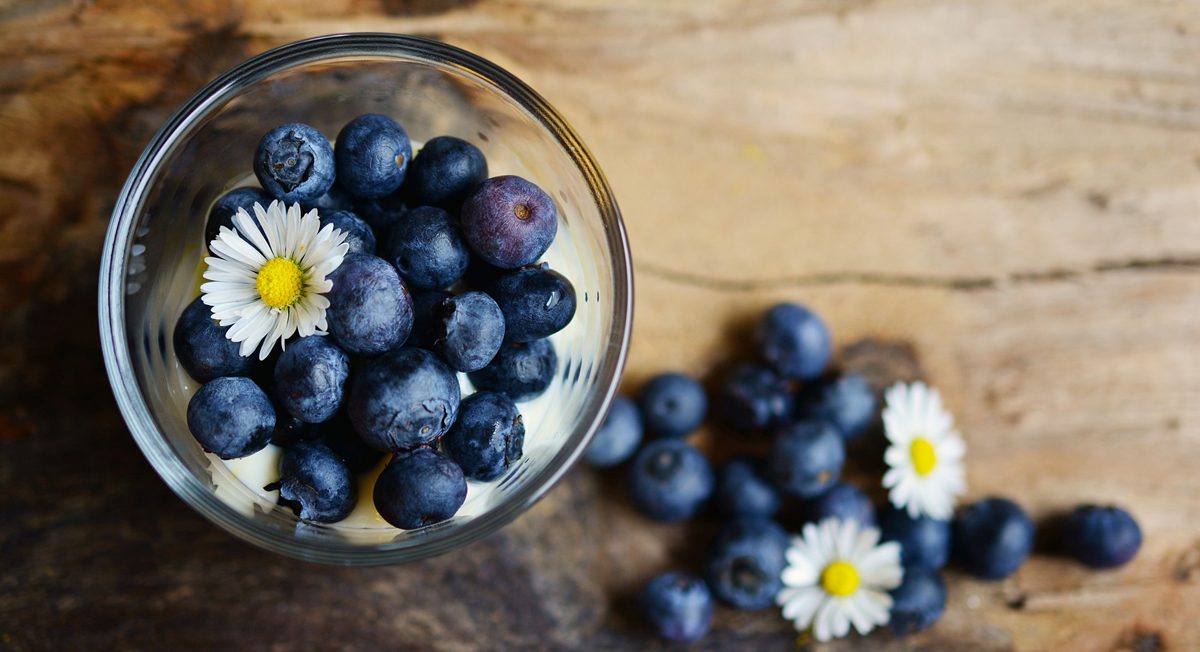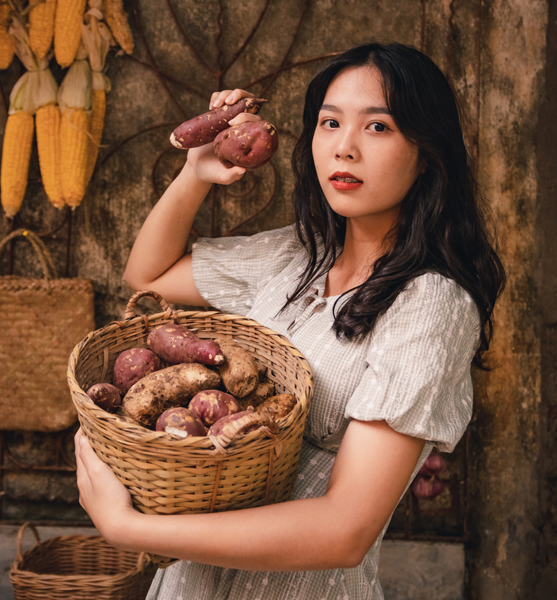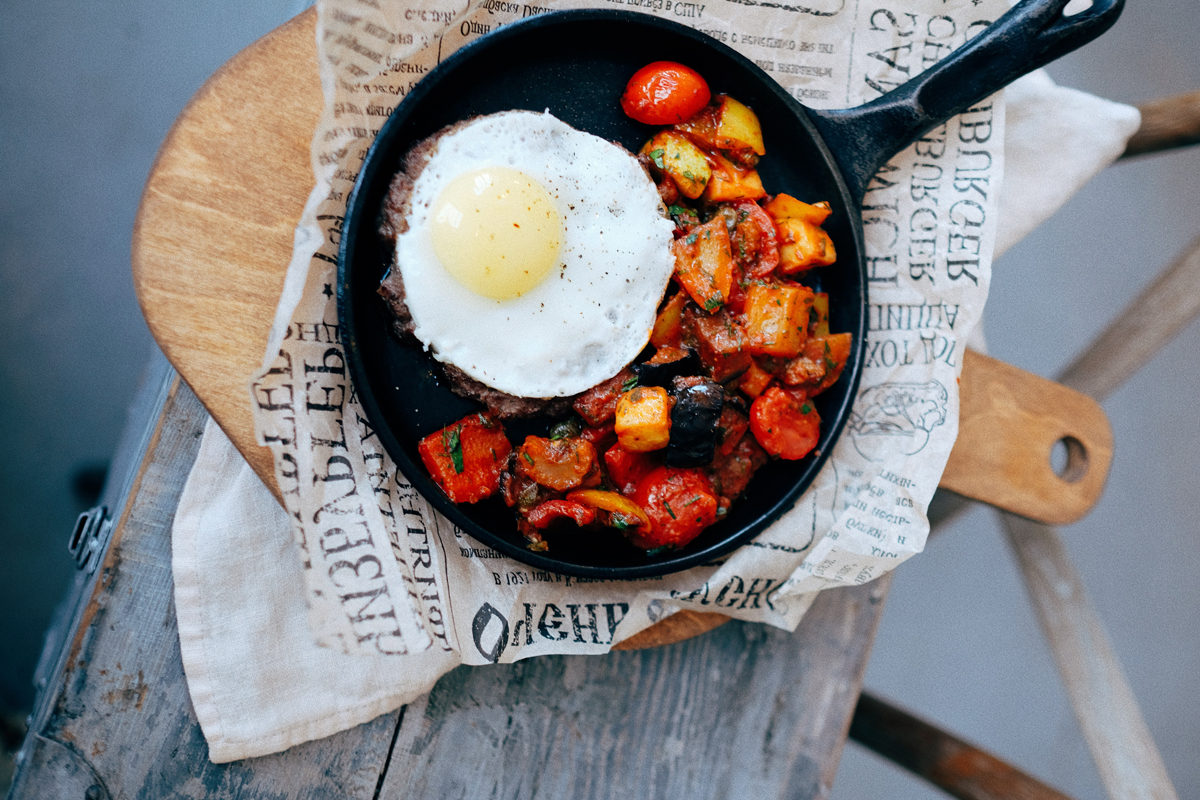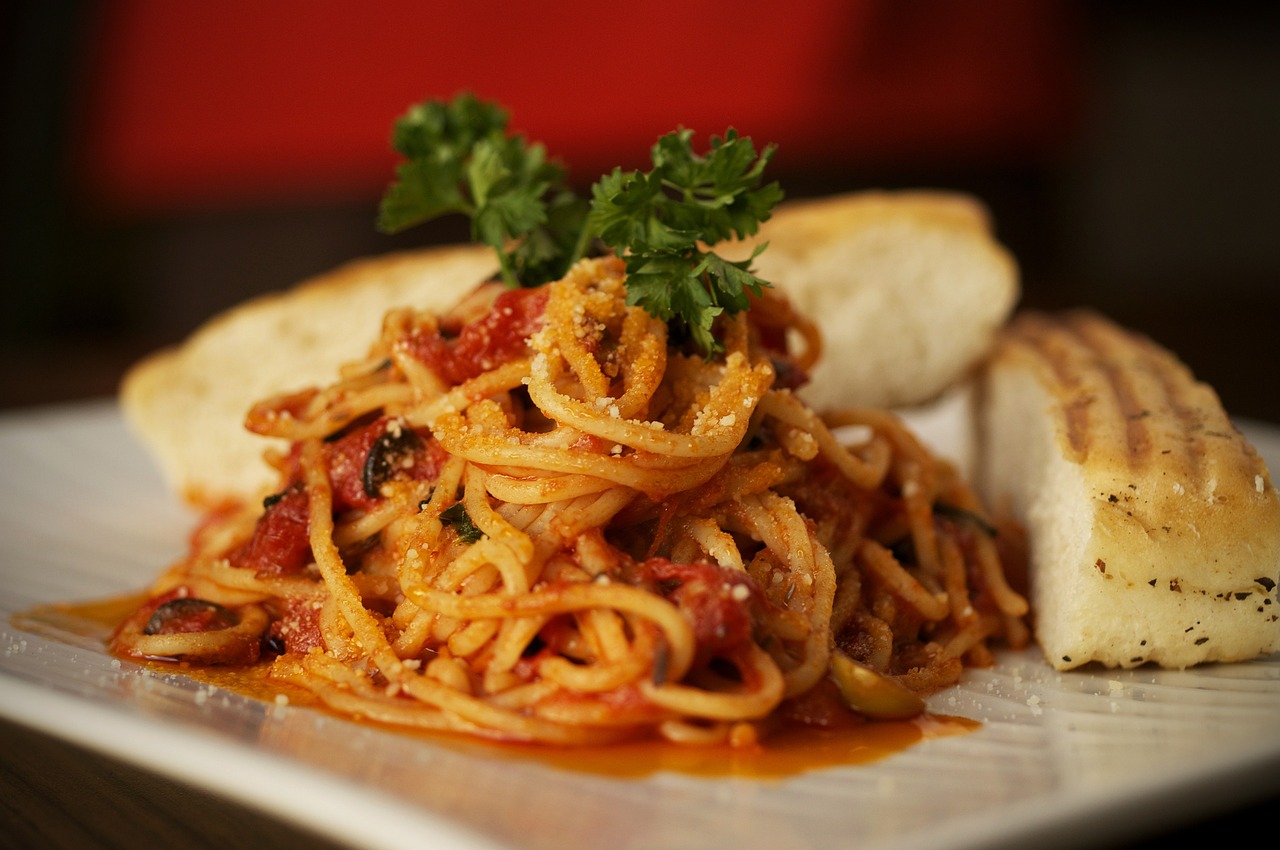Types of Pans
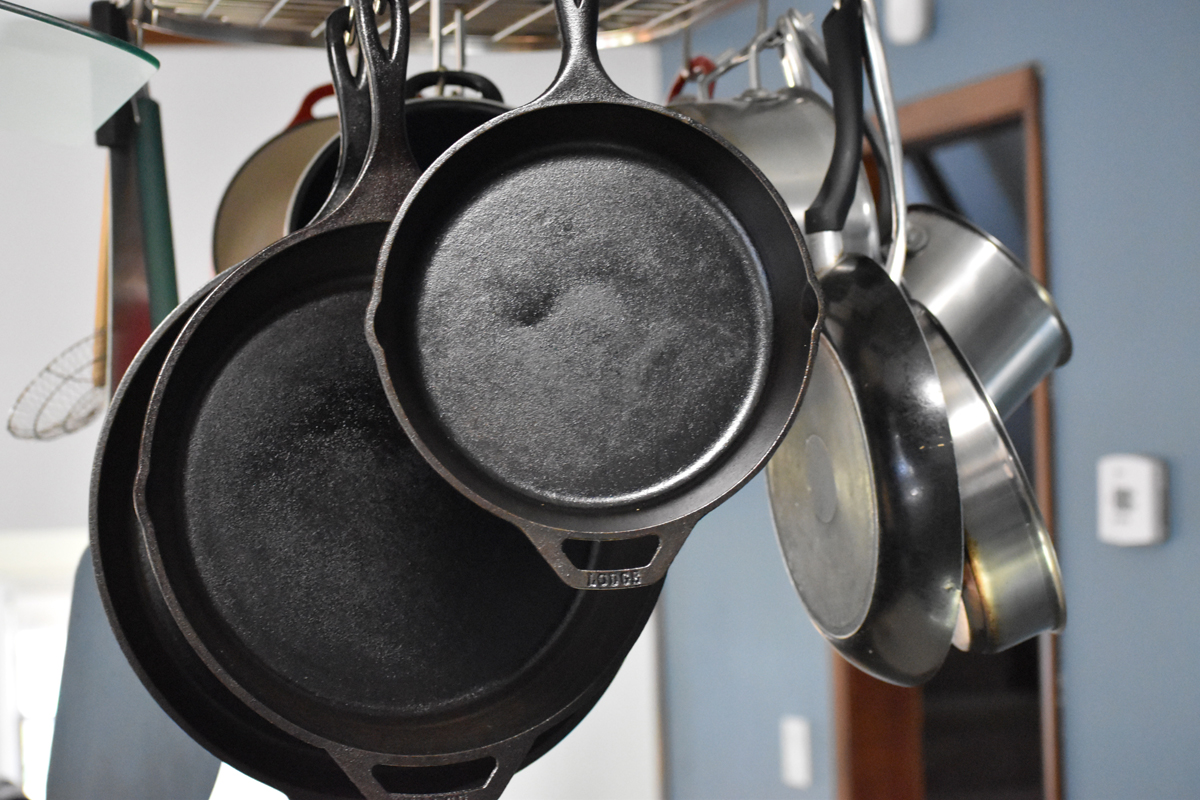
In most of us, cooking can be considered to be a hobby or an escape. Some even cook as their form of relaxation or some out of boredom. But whatever reason they have, the main reason why people cook is basically to have something ready-to-eat on their dining table.Human beings have their own basic necessity and that goes well for cooking. Without the basic tools, cooking would never be possible. Here is a brief history of where cookware came from:
“The history of cooking vessels before the development of pottery is minimal due to the limited archaeological evidence. It has been possible to extrapolate likely developments based on methods used by latter peoples. Among the first of the techniques believed to be used by stone civilizations were improvements to basic roasting. In addition to exposing food to direct heat from either an open fire or hot embers it is possible to cover the food with clay or large leaves before roasting to preserve moisture in the cooked result. Examples of similar techniques are still in use in many modern cuisines.”
In this modern age, cooking a hearty meal has never been difficult. First, you have to have the finest (not necessarily expensive) and freshest ingredients. Second, you have to have the right cookware to be able to execute everything. Below are the basic cookwares that can be found in any kitchen:
Roasting Pan
This is intended for roasting things (meat / vegetables) in an over or under a broiler).
Sauce Pan
There are 2 kinds of sauce pans but does similar functions. It only differs in shape and depth. The Windsor and Saucier is very efficient if you want to reduce your sauce. The slanted sides make it very effective and easy for whisking. Though it may not be a top necessity, this can be added to your cookware for people who go for a more “culinary-style” cooking.
Skillet / Frying Pan
This is one type of cookware that no kitchen should miss. This basic frying pan is a must in every kitchen. It is very versatile and can be also called an “all-purpose pan.”
For those who want to enhance their cooking experience, there are also different kinds of cookware that to be used. These items cater
for specific purposes in cooking.
Chef’s Pan
The chef’s pan is not that deep but has rounded sides. It also has a wide mouth and flat bottom. It can do the function of a sauce pan, frying pan and a skillet. You may use this pan for cooking risotto, stir-fry dishes, braised dishes and reductions.
Double Broiler
The double broiler consists of two pans. One is a pan that can hold up to 2-3 inches of boiling water. The other pan is where you place and cook the food. This one is perfect for melting butter or chocolate, cook custard or cream and even for heating or reheating food.
Dutch Oven
It is popularly known as the “French oven.” It is made out of cast-iron that allows heat to be equally distributed to cook food. You can use the Dutch oven for stews, soups, cooking huge amounts of rice or pasta for large groups, oven roasting and braising.
Stock Pot
The stock pot is a deep and tall pot ideal for boiling large quantities of potatoes, pasta and even lobster. From the name itself, it is used to make huge amounts of stocks.
Stir-Fry Pan
The stir-fry pan is very popular in Chinese cuisine. It has deep, slanting sides that allow the food to slide back and forth. Food is cooked through very high heat thus stirring the food continuously until it is cooked.
Omelet Pan
This pan was specifically designed for omelet cooking. The size of the omelet pan is perfect of cooking the right amount of omelet.
Braiser Pan
The braiser pan is purposely made for braising food. It has two (2) round handles on each side and a lid to seal in the liquid and moisture of the food.
Casserole Pan
The casserole pan is exclusively made for baking casseroles. You may use this as a stove-top pan for sautéing thus put it right into the oven then serve the freshly baked food immediately. You need not to take it off the pan since its design is appealing already.
Sautéing Pan
This pan is designed for sautéing purposes. It has a large handle to be able to easily toss up food. The sautéing pan is also slightly deep to allow food to move around.
The Author:
Gary House is the founder of Central California Dutch Oven Adventures and the host of Cooking-Outdoors.com who loves cooking
outdoors with his Dutch oven for many years now. He has fun looking for innovative ways of outdoor cooking in what he calls “his adventures” and would love to share these adventures with everyone. For more information on product reviews, outdoor cooking recipes and techniques, please visit our website at: http://www.cooking-outdoors.com

